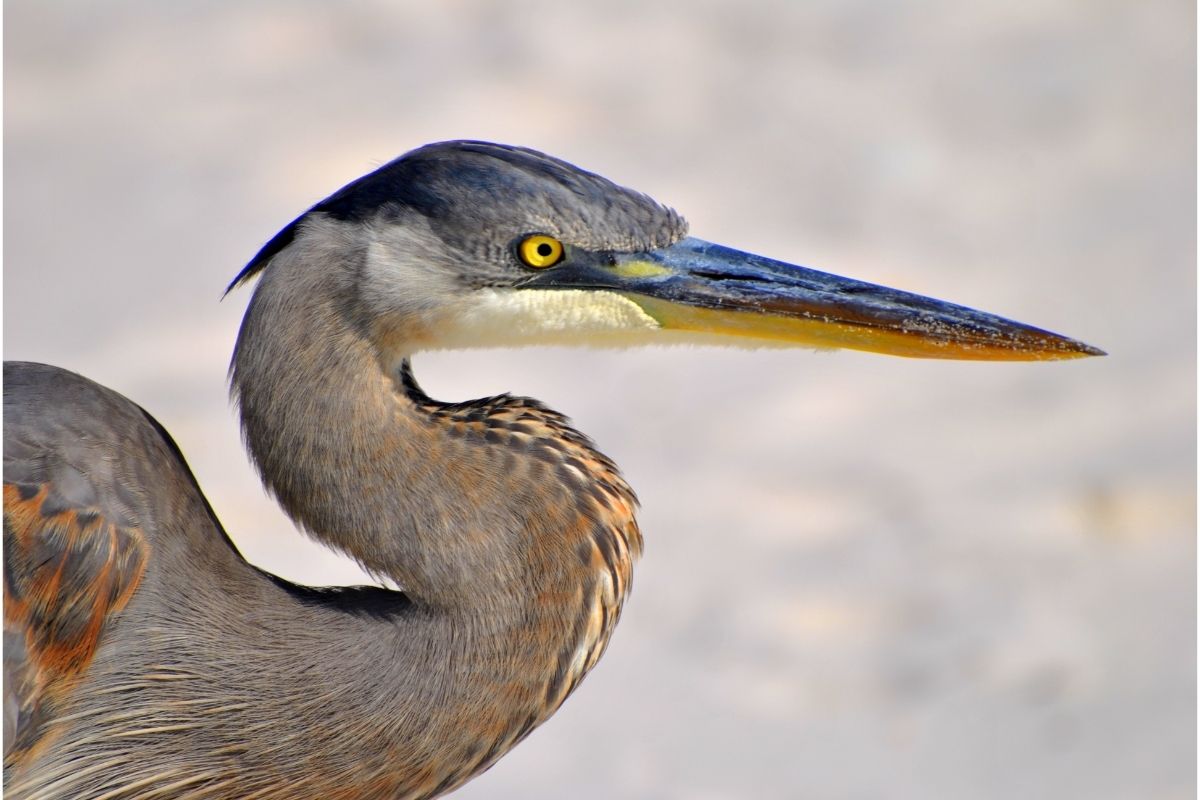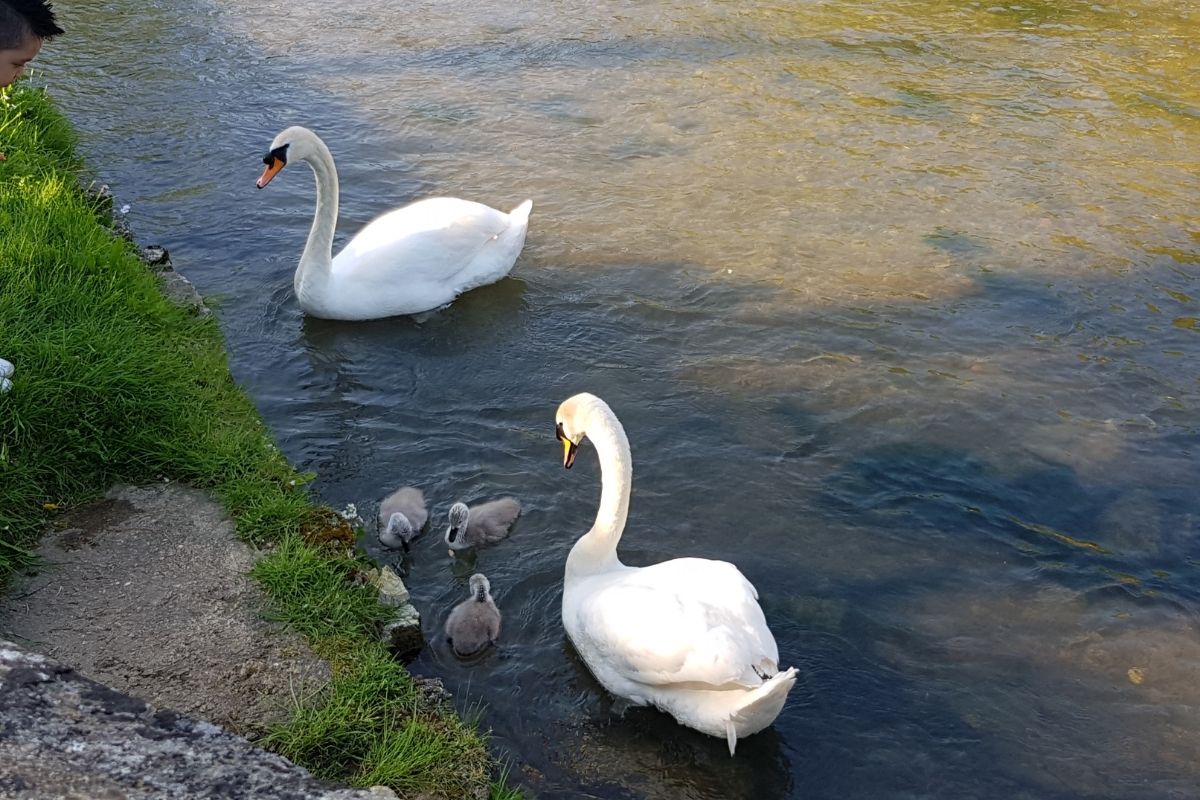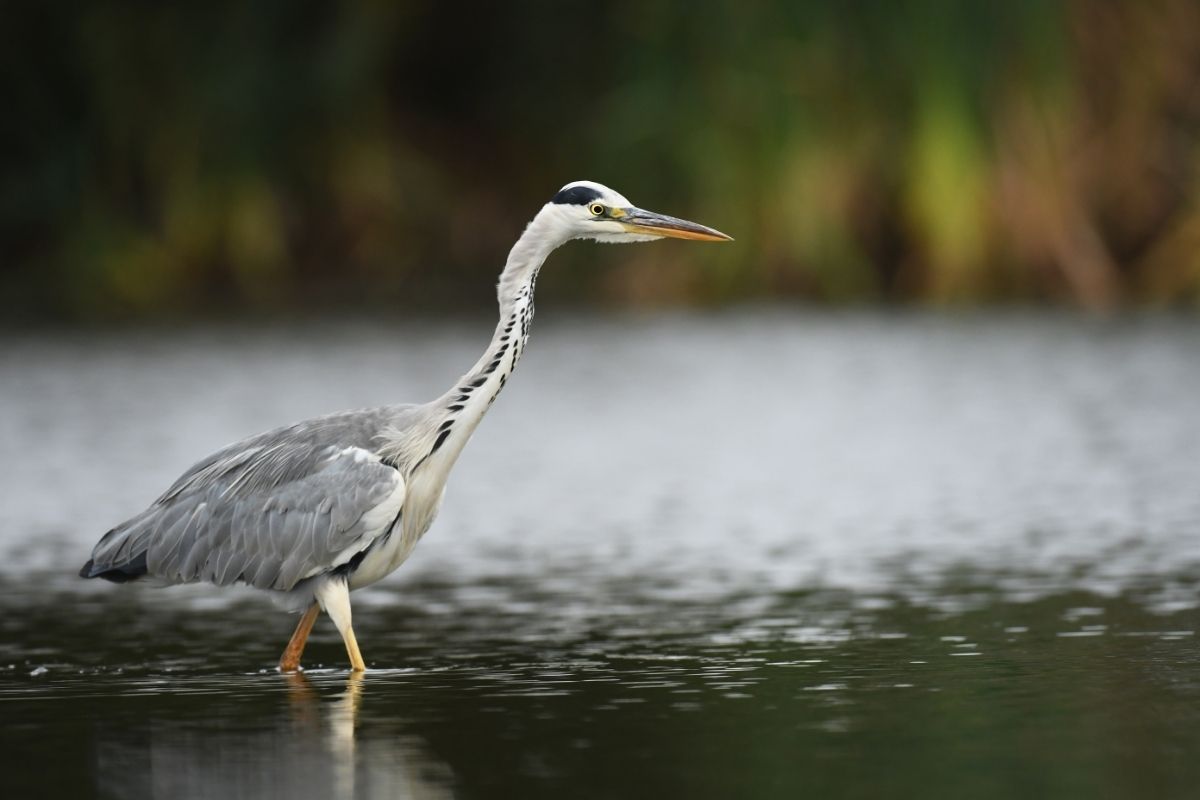7 Amazing Birds With S-SHAPED NECKS (Photos & Key Facts)
We live in a beautiful world populated by various animals, from the alien creatures of the deep to the mammals of the rainforest.

However, some of the most fascinating creatures on our planet are birds, which remain interesting animals because of their evolution and connection to the dinosaurs.
Nowadays, there are over 18,000 bird species in the world, which means it can be hard to determine one bird from another.
Of course, there are some species that can be identified by unique characteristics, whether that be their feathers or call.
Among these characteristics, we also find numerous bird species that sport s-shaped necks, which can make them easier to identify.
In this article, we will take a look at these birds and the importance of their s-shaped necks.
1. Swan

One of the most famous birds to sport an s-shaped neck is the swan, which remains a common species found all over the world.
Swans are aquatic birds and close relatives of ducks and geese. The species spends most of its time around bodies of water and is expected to mate for life. In most cases, swans can be identified by their white feathers, elongated necks, and vibrant orange beaks.
However, there are other species that boast contrasting plumage. The most common is the black swan, which is native to Australia.
Like their white cousins, black swans are born with s-shaped necks, however, their feathers are darker in color and their beaks are a vibrant crimson.
2. Peacock

These birds are native to the Indian subcontinent, where they are known for their garish appearance.
Male peacocks can be identified by their iridescent feathers and fan-shaped tails, which are used to attract females.
In contrast to their male counterparts, peafowls do not boast the same vivid colors and are often born with brown feathers.
Despite these differences, both males and females are born with s-shaped necks, although the curve is less defined when compared to a swan.
Nowadays, there are two species of peacock, which are both found on the Asian mainland.
3. Heron

When it comes to birds with s-shaped necks, one of the most notable species has to be the heron, which is often identified by its elongated neck.
Herons are semi-aquatic birds that use their necks to catch fish, as it allows them to thrust their beaks into the water.
The bird can commonly be found in coastal waters, where it will hunt for fish and small insects.
Nowadays, there are 46 species of heron in the world, with notable specimens including the pacific reef heron and the lava heron.
Of course, not all species boast the same s-shaped neck, with the American bittern being known for its smaller stature.
4. Flamingo

Flamingos are wading birds known for their unique appearance, with species being found on various continents across the world.
Despite their numerous differences, most flamingo species share the same s-shaped neck and vibrant feathers.
Like herons, these birds hunt in the water by using their elongated necks, which consists of prawns and other crustaceans.
In fact, the flamingo’s diet is the reason for its distinctive pink hue.
There are 6 species of flamingo, with most being found in Africa and the Americas. However, some specimens have also been found in Spain and India.
5. Emu

Emus are large birds with long necks and legs. The species is endemic to Australia, where it can be found across the mainland.
There was once a subspecies native to Tasmania, however, it went extinct in 1788.
As a species, emus can be identified by their large size and brown feathers, with their necks also taking on a distinctive s-shape.
The bird had also become an important cultural icon of Australia, as it features prominently on the coat of arms and various coins.
Emus also appear in various Aboriginal legends.
Emus are now considered a least-concern species, which means their existence is not threatened by humankind.
However, this does not mean that they are always safe, as many emus are killed by predation, car accidents, and deforestation.
6. Canada Goose

Canada geese are a species of wild goose native to the arctic regions of North America, although the species can also be found in the UK and various other countries.
In contrast to other geese, who often boast white feathers, Canada geese are distinguished by their black heads, white chins, and brown plumage.
The species also sports an s-shaped neck and is capable of surviving in human-altered environments. The birds commonly make their nests near lagoons and marshes.
Like swans and herons, Canadian geese use their long necks to hunt the water for insects and small fish.
The distinctive structure of their necks allows them to thrust their beaks into the water and catch their food.
7. Egrets

Egrets belong to the same species as herons, which means that the two birds are not distinct from each other and have the same build.
Like herons, egrets can be identified by their thin legs and s-shaped necks. However, the species is commonly born with white feathers and yellow beaks.
Egrets can be found on almost every continent, although the bird tends to avoid cold regions, dry wastelands, and mountainous terrain.
There are 12 egret species, with notable specimens including the snowy egret and the great blue heron.
During the 19th century, several egret species were almost hunted to extinction, as the bird’s tail feathers were used to make plumes for hats.
Fortunately, the species continues to thrive and can be found in marshes and along coastlines.
Final Thoughts
There are countless birds that sport s-shaped necks, from the humble swan to the garish peacock. In some cases, it remains unclear why these birds were born with such distinctive necks.
While others obviously used their necks as a way to hunt for food and strike their prey.
The birds we have mentioned are some of the most common species to sport s-shaped necks, but there are still many more.
